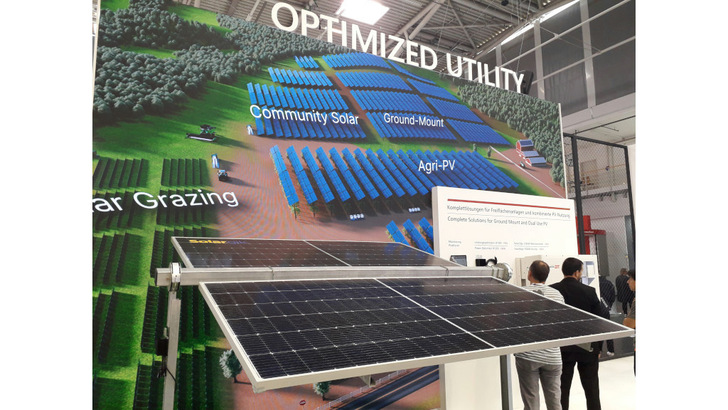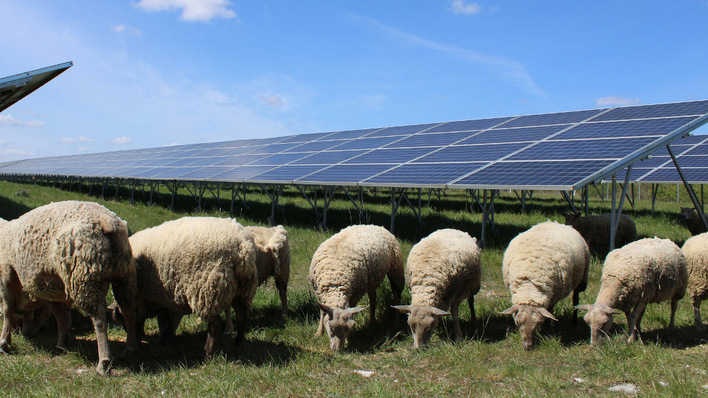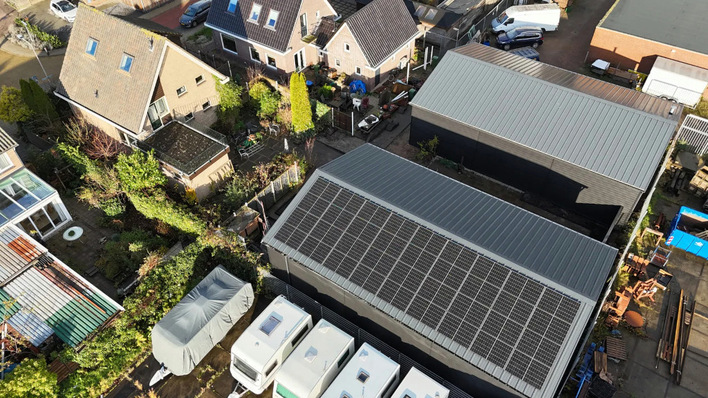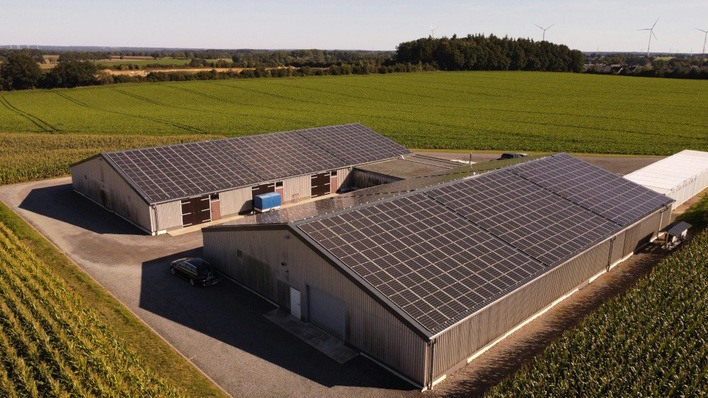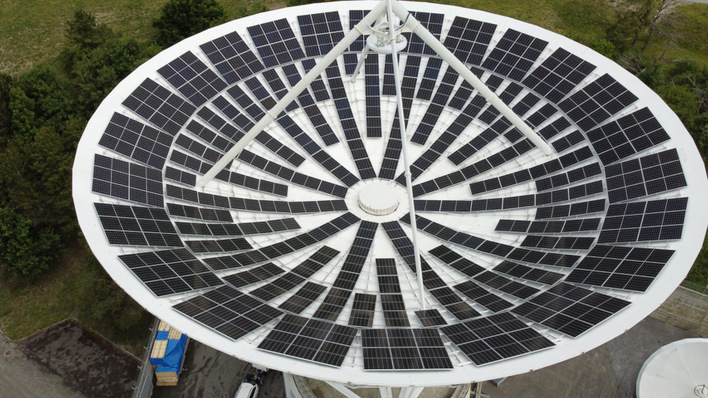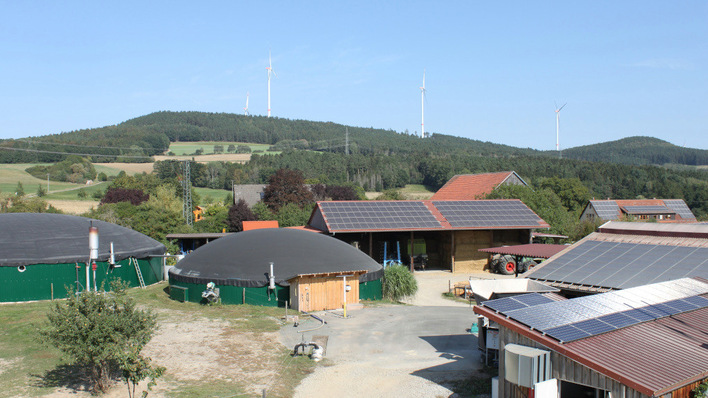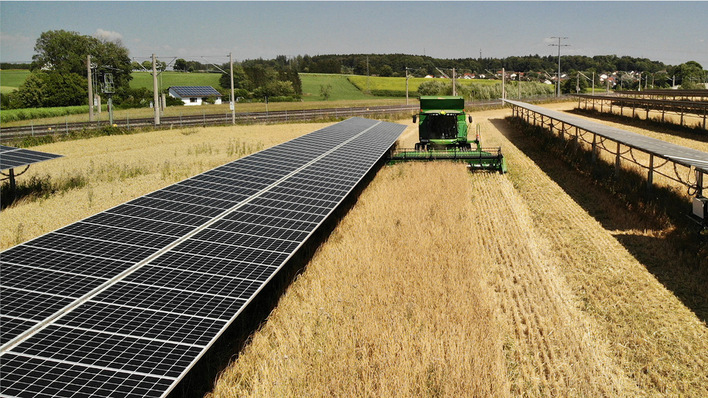Finding space for new solar parks is increasingly difficult in densely populated countries such as Germany, particularly on arable land. This is where agri-PV proves its value: farmers can install solar modules above or between their crops, earning additional income from solar generation while managing light exposure to boost yields and crop resilience.
There are already a number of promising projects that demonstrate the potential of agri‑PV. In the German state of Mecklenburg‑Western Pomerania, for example, a 79 MW installation is taking shape that combines renewable power generation with ongoing agricultural activity. In the future, free‑range chickens will move freely beneath and between the solar modules.
Pollution is commonplace
When installing an agri‑PV system, the first decision is how high the solar modules should be mounted, which of course depends on the specific agricultural use. Bifacial solar modules are particularly advantageous, as they generate electricity on both sides of the panel and thereby increase overall energy yield.
The solar energy transition in the field has already begun
However, because solar systems operate outdoors, there is always a risk of soiling or shading that can reduce electricity yield. In many agri‑PV installations using traditional string inverters, issues affecting a single module can diminish the output of all other modules in the string — sometimes going undetected for months or even years.
Getting the most energy out
To mitigate these power losses, power optimisers are used — compact devices installed behind each solar module to manage and maximise generation at module level. When the system operates normally, they extract the maximum possible energy from each module. If a module’s performance drops, the optimiser isolates the issue so it does not affect the rest of the system.
This becomes even more critical in agri‑PV, where bifacial, double‑sided modules often follow the sun’s path using solar trackers, increasing the likelihood of variations in output between modules. With each module equipped with a power optimiser, deviations are detected and corrected quickly, helping to lower overall operating and maintenance costs.
Stay informed on the solar energy transition — subscribe to our free newsletter.
Optimisers in hilly terrain

Solaredge
Power optimisers are also highly recommended for uneven or hilly terrain, as they offer greater design flexibility to maintain optimal energy production. These factors should not be underestimated — together they make a significant difference. By enhancing output and system efficiency, power optimisers improve the profitability of agri‑PV installations and help achieve a faster return on investment.
Another key aspect of installing photovoltaic systems in agriculture is safety — particularly when farmers, livestock and heavy machinery operate close to the installation. The inverter, the “brain” of the solar system that manages module output, must include advanced safety features to minimise risk in the unlikely event of a fire or emergency.
TU Munich develops construction kit for electric tractors
Of course, solar systems are highly reliable and do not inherently pose a risk to people or property. However, potential hazards can be further reduced through careful product selection and efficient system design. Rapid shutdown functions, for instance, which lower system voltage to a safe‑to‑touch level when the inverter is switched off, should be considered essential.
Major influence on economic efficiency
When developing the business model for agri‑PV, considering all these factors in the choice of photovoltaic technology can have a major influence on the system’s overall economics. By maximising energy production and boosting crop yields, farmers can in every sense reap a double harvest.
Read our latest DLG Special to discover which agri‑PV solutions are currently available and how photovoltaics can benefit modern agriculture. Download it free of charge here.


